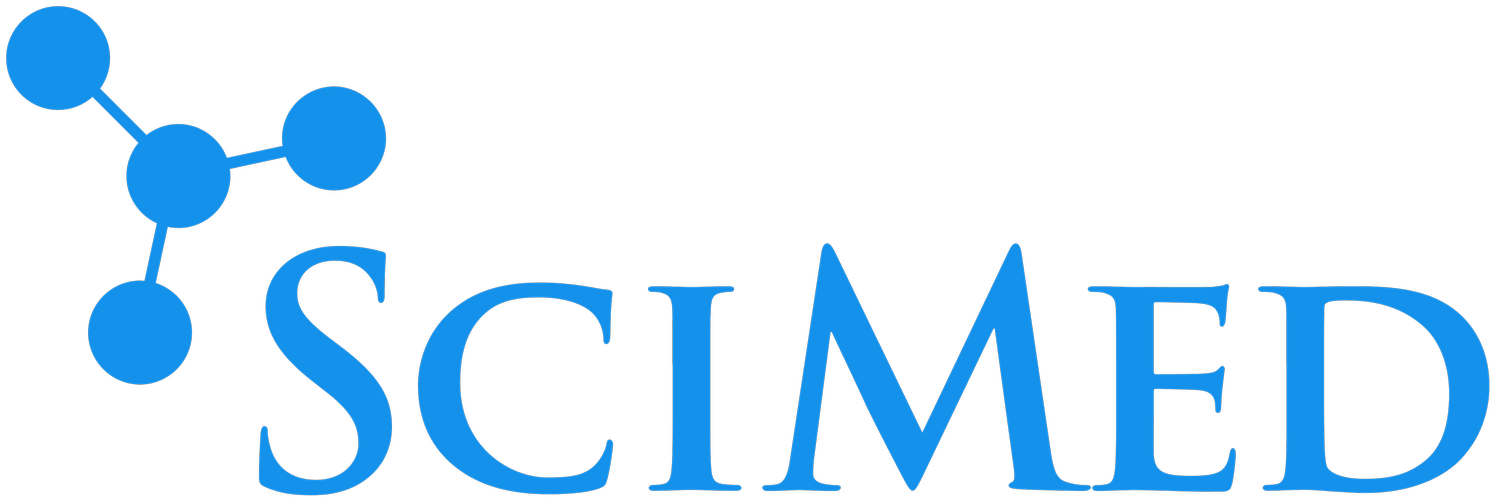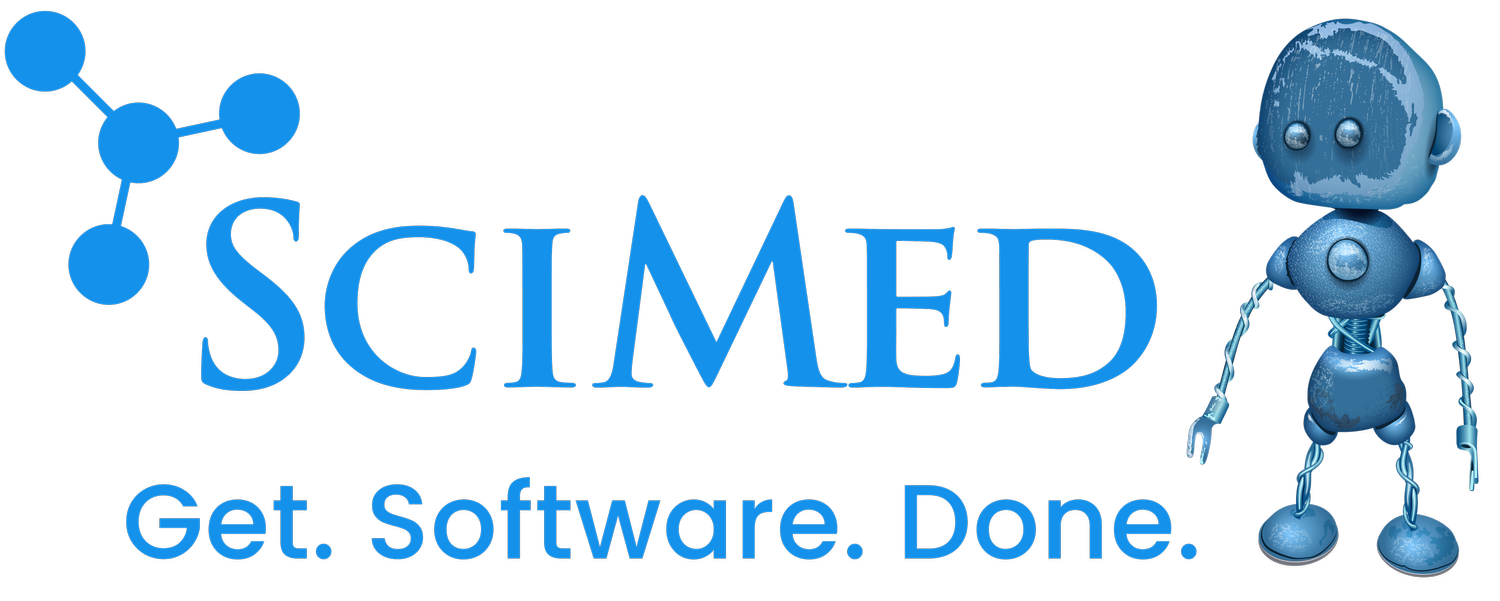Cardio ECG
Overview
SciMed Solutions created the Cardio ECG technology to help hospitals efficiently manage data from medical devices such as ECGs, EEGs, and many other types of monitoring equipment. Hospitals are now saving millions of dollars in time, space, and direct costs by using this software to integrate data from devices that were previously tethered to proprietary hardware and software from medical equipment manufacturers like Philips and GE. After only five years on the market, Cardio ECG is now the number two solution for ECG data management and is in place at more than 1,000 hospitals.
Challenges
Before the creation of Cardio ECG, the standard practice for managing data from monitoring devices (such as ECGs, EEGs, etc.) was for each device to deliver its results at a standalone "reading station" which used both proprietary hardware and software. Among the challenges of this system:
To access data, medical staff would have to go to the reading station, wherever it was located, rather than having the data come to them.
None of the equipment data was connected to the patient's electronic medical record.
Each reading station required its own space, which is at a premium within any hospital.
Each reading station required an extremely expensive licensing fee.
Many devices lacked both an effective graphical user interface and a
sensible file management system. The resulting inefficiencies resulted in unnecessary expense.
Our approach
SciMed's path to creating Cardio ECG blended the best practices of new software development: a systematic approach to address technical requirements, combined with a radical yet sensible change to "business-as-usual".
SciMed's first imaginative leap was when they realized the established way for managing Holter/ECG data made no practical sense for clinicians and hospitals. There was no need for patient data to be tethered to proprietary reading stations that were expensive, space-consuming, and user-unfriendly. Device providers like Philips, GE, etc. were making a profit from inefficiency. SciMed's second leap was to believe that hospitals—extremely conservative by nature—could be convinced that they could break from longstanding practices, contracts, and expenses that had become the industry standard.
The changes began quietly with a single hospital and a single product. In 2003, SciMed began working with the Duke University Health System to capture data from Holter/ECG equipment which was used during testing at their Cardiology Ambulatory Monitoring Lab. Prior to SciMed's involvement, the lab managed data via an archaic system of devices connected to single hard drives which stored data with nondescript filenames. The lab had to manually associate files to patients by browsing C: drives and looking for date ranges that matched their patients' visits. The outdated system offered no user interface or file management system, and upgrades or further support were unavailable.
As a first step forward, SciMed created a user-friendly management interface that would allow lab staff to access files and associate them with patients using much less effort than before and in a manner that fit the Microsoft Windows environment in use at the hospital. This one innovation was so well-received that SciMed felt ready to take the new "product" to market. SciMed CEO David Scarborough recalls the early evolution of Cardio ECG:
We implemented the first version of Cardio ECG (originally named Study Master) as a single installation for the Duke University Hospital System, but we quickly realized that the product had great potential for many other hospitals across the country. Based on the strong results at Duke, we continued to invest our own resources into developing the product for national distribution. We started slowly because each installation allowed us to learn more about what a hospital did. Every hospital was different, but many of the "special needs" of one hospital were either applicable to other hospitals or gave us insights that allowed us to create a generalized solution that would work for many hospitals and devices. With each installation, the product got more robust. We quickly found ways to manage not only ECG data but also data from dozens of other devices such as EEGs, pace makers, pulmonary monitors, and the like.
The opportunity to take the application nationwide was obvious, but SciMed wisely understood that it was a software developer but not a software marketer. Thus, in 2004 they partnered with a cardiology company that was much better equipped for a national marketing campaign. The new partner spoke with multiple hospitals, obtained further user input, and helped SciMed build a better interface much more quickly than SciMed would have on its own. As a result of this partnership, SciMed ECG was installed in over 1,000 hospitals within five years.
Scarborough emphasizes that the success of Cardio ECG came because his team understood that the client had both technical needs and management needs.
For the clinicians and the IT infrastructure that they work in, the three most important things about Cardio ECG are that (1) it is completely web-based, (2) it has a very effective UI, and (3) it is hardware-independent. We identified the priorities through a rigorous process of user interviews plus our own analysis. Then we created the working system through a sound software development effort.
Nonetheless, technical improvements only count if they meet our clients' strategic performance needs. From our customers' point of view, their definition of our success is that (1) Cardio Server makes it easier for them to give better service and (2) Cardio ECG is saving them money. A total of millions of dollars each year.
In 2009, SciMed sold the technology to an international medical software provider which is carrying the product forward to new hospitals, building new features and benefits with each installation. In the representative words of one client:
I don't think I have ever put in a product that the doctors love as much as they love Cardio ECG.
David Witton, CIO of the St. John's Medical Center, Jackson, WY
Results
As a response to the medical device industry's inefficient approach to data management, SciMed Solutions created the Cardio ECG application to extract, format, and distribute data from dozens of their most important diagnostic devices.
Begun in 2004, the solution was conceptually simple: take data from numerous standalone machines and integrate them into one database that can be accessed from anywhere in a hospital system. However, to create a true solution for this conceptually simple problem, SciMed had to address regulatory issues related to HIPAA privacy and security, create a user-interface that matched the complex and individualized workflows within the medical setting, integrate diverse data outputs from numerous medical devices, and make all of these functions available for web-delivery to any hardware platform.
The result? In less than five years, Cardio ECG has changed the industry.
More than 1,000 hospitals are now saving, in aggregate, millions of dollars
in reduced licensing fees, reduced space needs, and reduced staff time
for accessing or interpreting data for millions of patients.
Cardio ECG has ensured full compliance with the HIPAA privacy and
security issues that make medical data management an exceptionally difficult challenge for many hospital systems.
Doctors and nurses can give better service to patients because of increased flexibility in where and how they can access data and what kinds of machines they can buy. They are no longer confined by the protocols of single manufacturers whose equipment they already have in-house.


